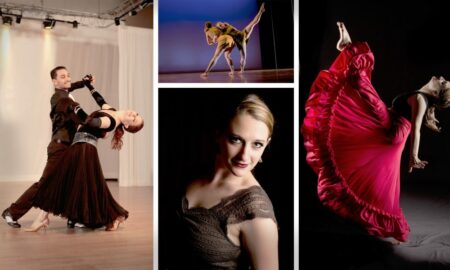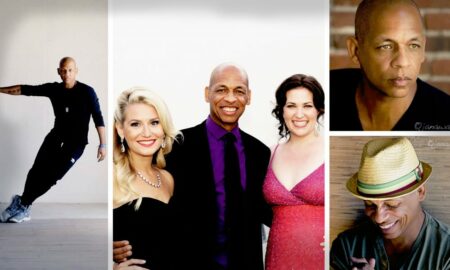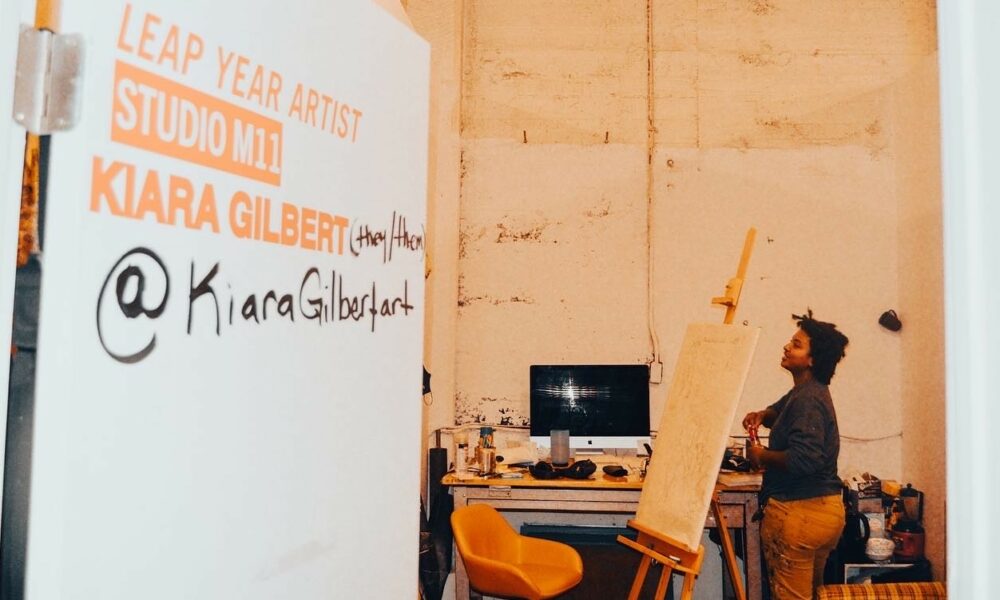

Today we’d like to introduce you to Kiara Gilbert.
Hi Kiara, we’re thrilled to have a chance to learn your story today. So, before we get into specifics, maybe you can briefly walk us through how you got to where you are today?
I was born in Jacksonville, Florida, and always gravitated towards drawing when I was a child. I maintained an interest in art and storytelling through my love of animation and comic books as a young teen. My passion lead me to audition for Douglas Anderson School of the Arts when I was due to start high school. Upon being accepted, I was exposed to ideas and techniques that bolstered my skills and confidence in my work. At this point, I was introduced to printmaking where I was able to experiment with creating narrative scenes that would later become a staple in my work. This education aided me in understanding that art could be a viable career path if I wanted it to be. I continued to pursue printmaking on a collegiate level at Florida State University where I graduated with a BFA in Studio Art and a BA in political science in 2019. In late 2020 I moved to Atlanta with the intention of becoming a part of the robust art community and have been enjoying my time and making art here ever since.
Would you say it’s been a smooth road, and if not what are some of the biggest challenges you’ve faced along the way?
Shortly after graduating college, just as I was ready to take on the world, I broke my knee and was bedridden for weeks before getting surgery and learning how to walk again. That coupled with the intense burnout I was feeling after completing my thesis, forced me to take an unexpected break from artmaking in the ways that I was used to. That ‘unproductive’ period was actually one of the best things for my practice because it allowed me to reset after a huge project, absorb more information that I could later use in pieces, and most importantly, completely shifted my relationship with my body in a way forced me to respect it and care for it on a deeper level. That reflection and care for my body also lead me down the path in my art that I am on today.
Can you tell our readers more about what you do and what you think sets you apart from others?
My artistic practice uses a range of mediums, but it currently centers printmaking. Print media is important to my practice because of its egalitarian roots. Today, with the internet, we can sometimes take for granted how magical exchanging information is, but when people were first learning to reproduce text and images on a mass scale, it was revolutionary because, prior to printing, only the richest of people had access to any sort of imagery or text because it was all handwritten, and most people were illiterate because of lack of access to the written word. Using a technique as old as carving into wood for stories that feel modern is my way of adding some of that magic back into exchanging a story or image with people.
The themes in my work often center on lost or obscured histories and the way they create cycles among new generations, liberation of the body, and self-definition. All of these topics are through the black, queer lens I move through the world with. It’s important for me to feature black queer people because they are often overlooked in history in a manner that is similar to the ways black people, women, and other marginalized groups are erased from the past through omission or misunderstanding. Being a descendant of slaves in the US made me infinitely curious about what was lost or managed to sneak through from the past when my ancestors were brought over. While concrete things like okra and religious practices are easier to cite, the ways in which gender non-conforming or queer people moved through the world are often more difficult to parse out, which gives the illusion that we are a new phenomenon. For that reason, my work often mixes vintage or historical aesthetics with seemingly contemporary scenarios to dispel the notion of queer people being a novel group.
Overall my work is a culmination of my love of narrative, my religious upbringing, my affinity for books and movies, and my research into black queerness. By layering all of these concepts and references, I am able to better understand myself and the world while hopefully being able to spark conversations about the aspects of my work that resonate with people in unexpected ways.
We all have a different way of looking at and defining success. How do you define success?
Success for me is staying grounded in the love I have for myself and others while still nourishing my curiosity about the topics that influence my life and work and making time to be in the studio. The balance is very important to me because it’s very easy to get caught up in trying to produce constantly, so I have to remember that I am alive to live, not to become obsessed with making a bunch of money or leaving some grand legacy. If those things happen, it would be wonderful, but I like to know I can still be happy if I never live up to more capitalistic metrics of success.
Contact Info:
- Website: https://kiaragilbertart.wixsite.com/kiaragilbertart
- Instagram: https://www.instagram.com/kiaragilbertart/

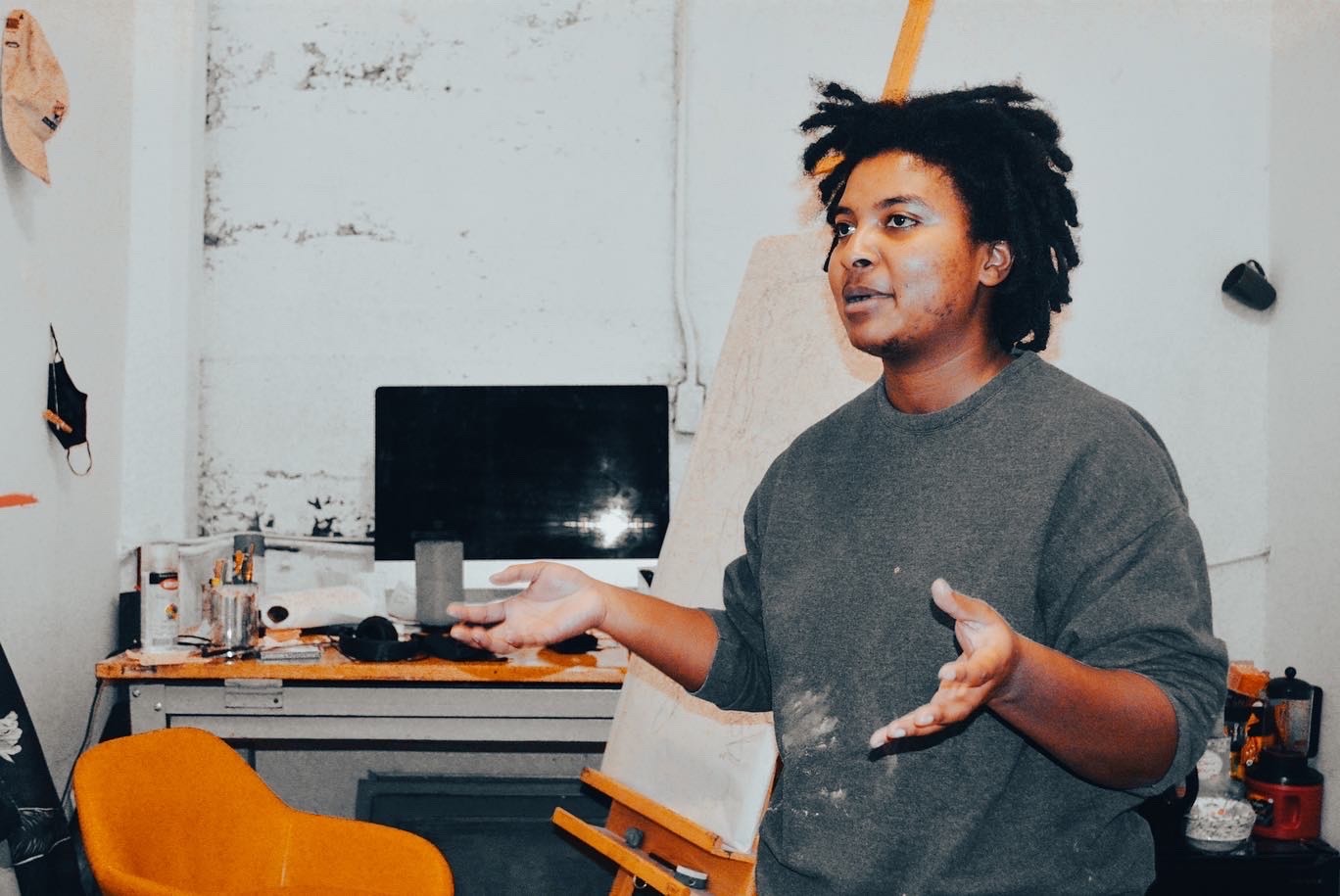
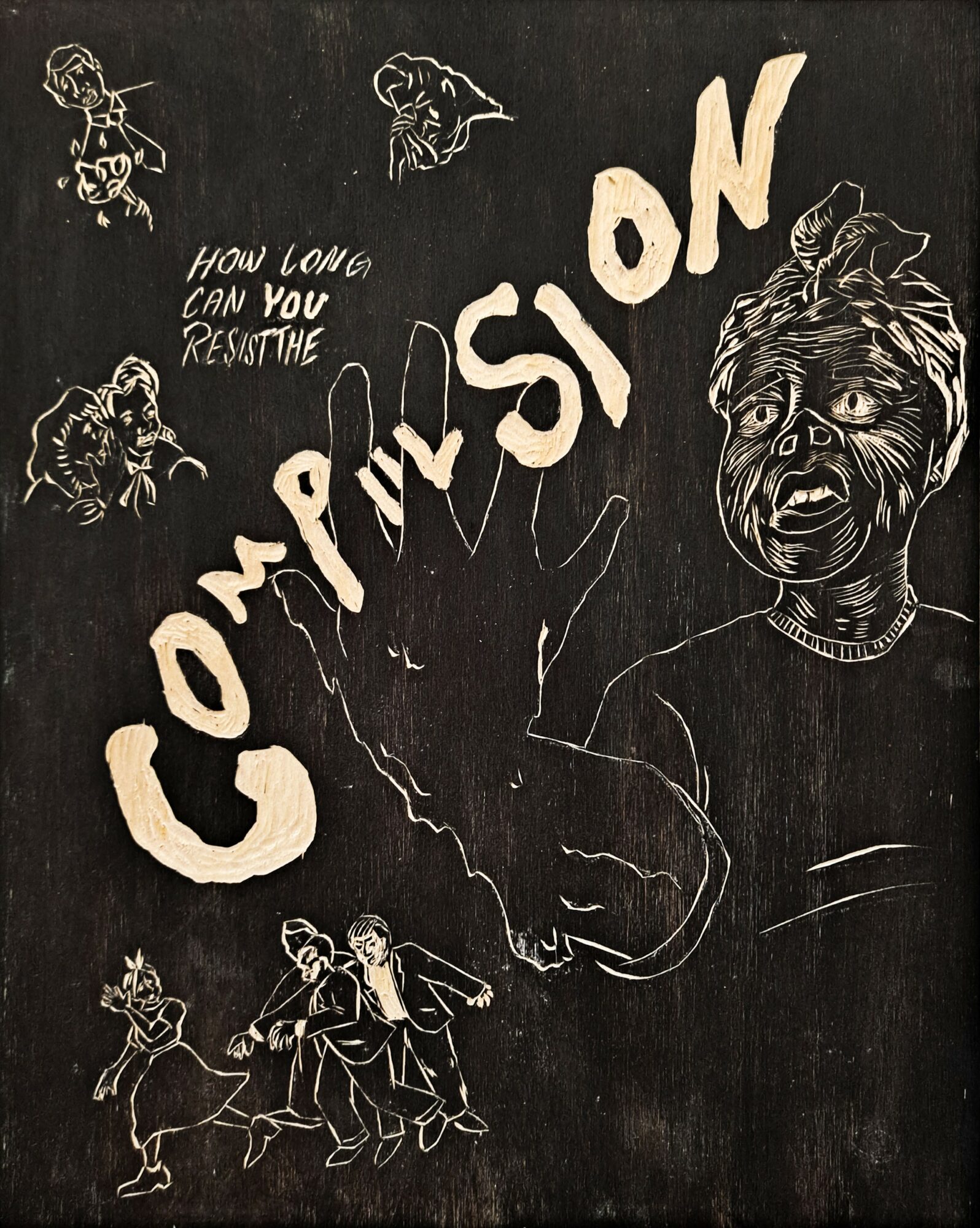
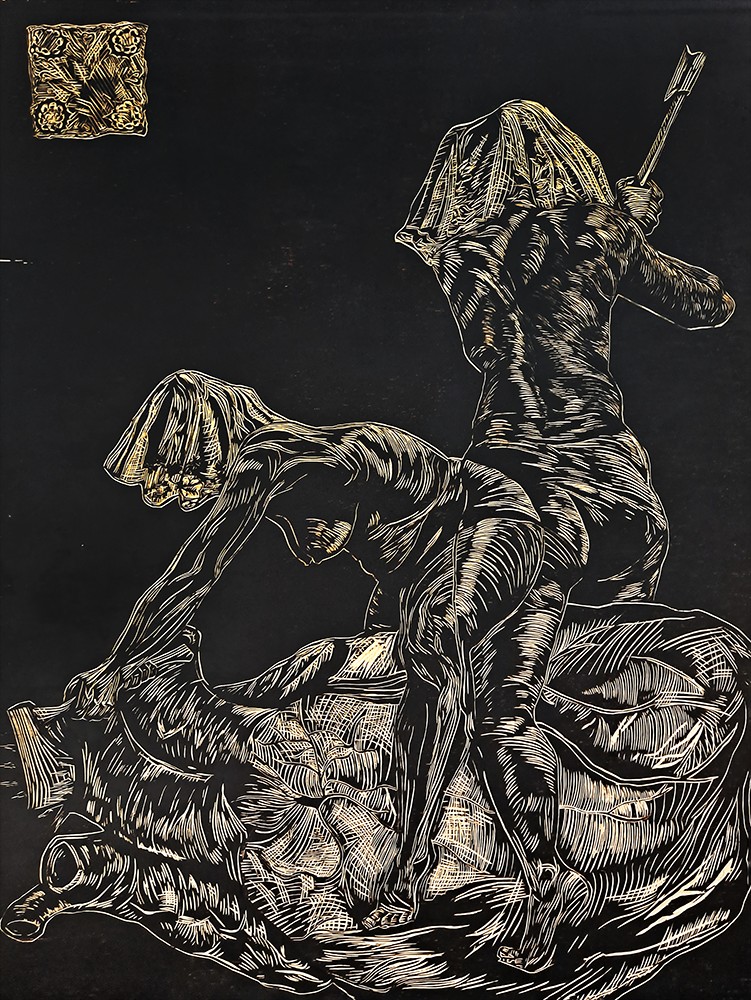
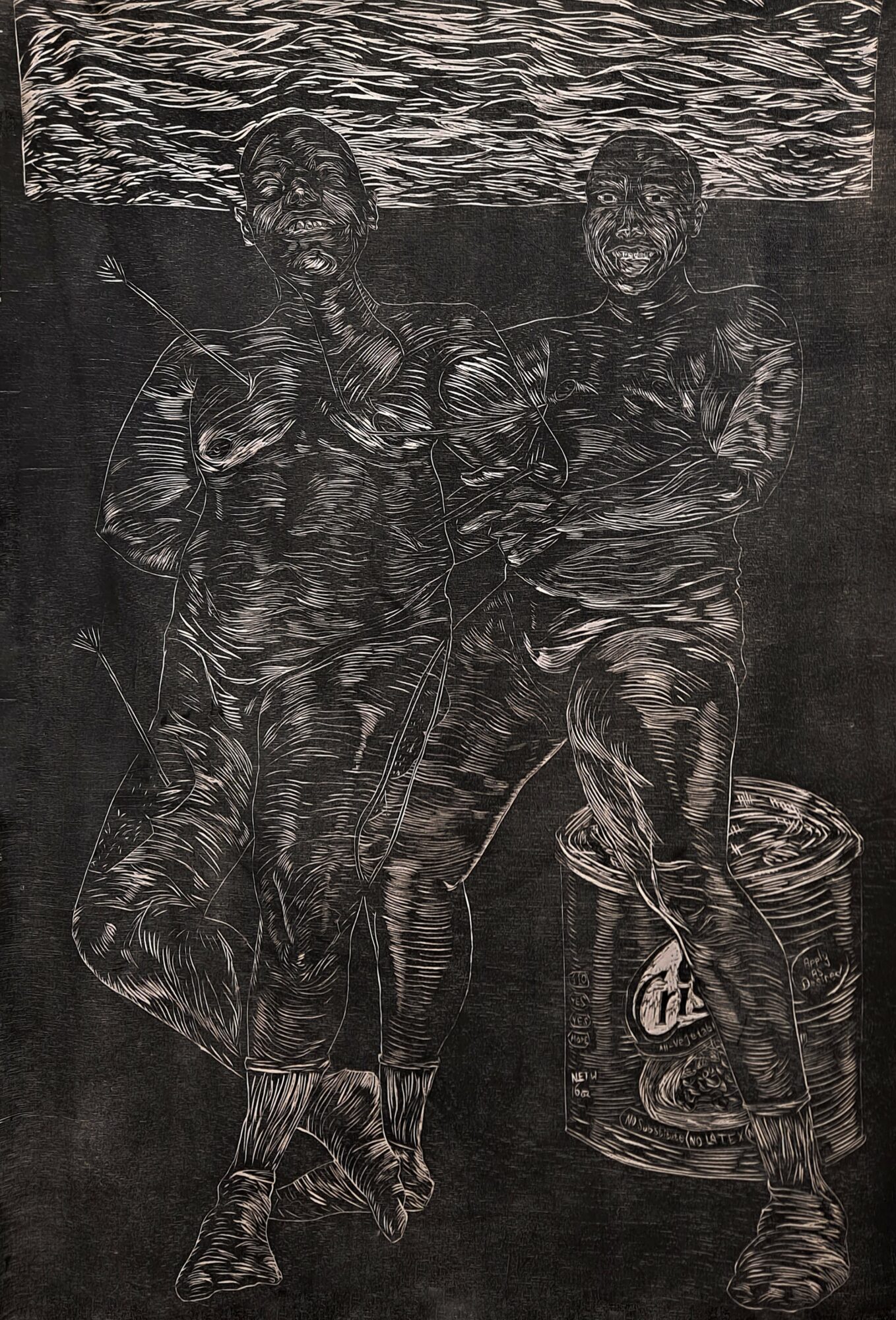
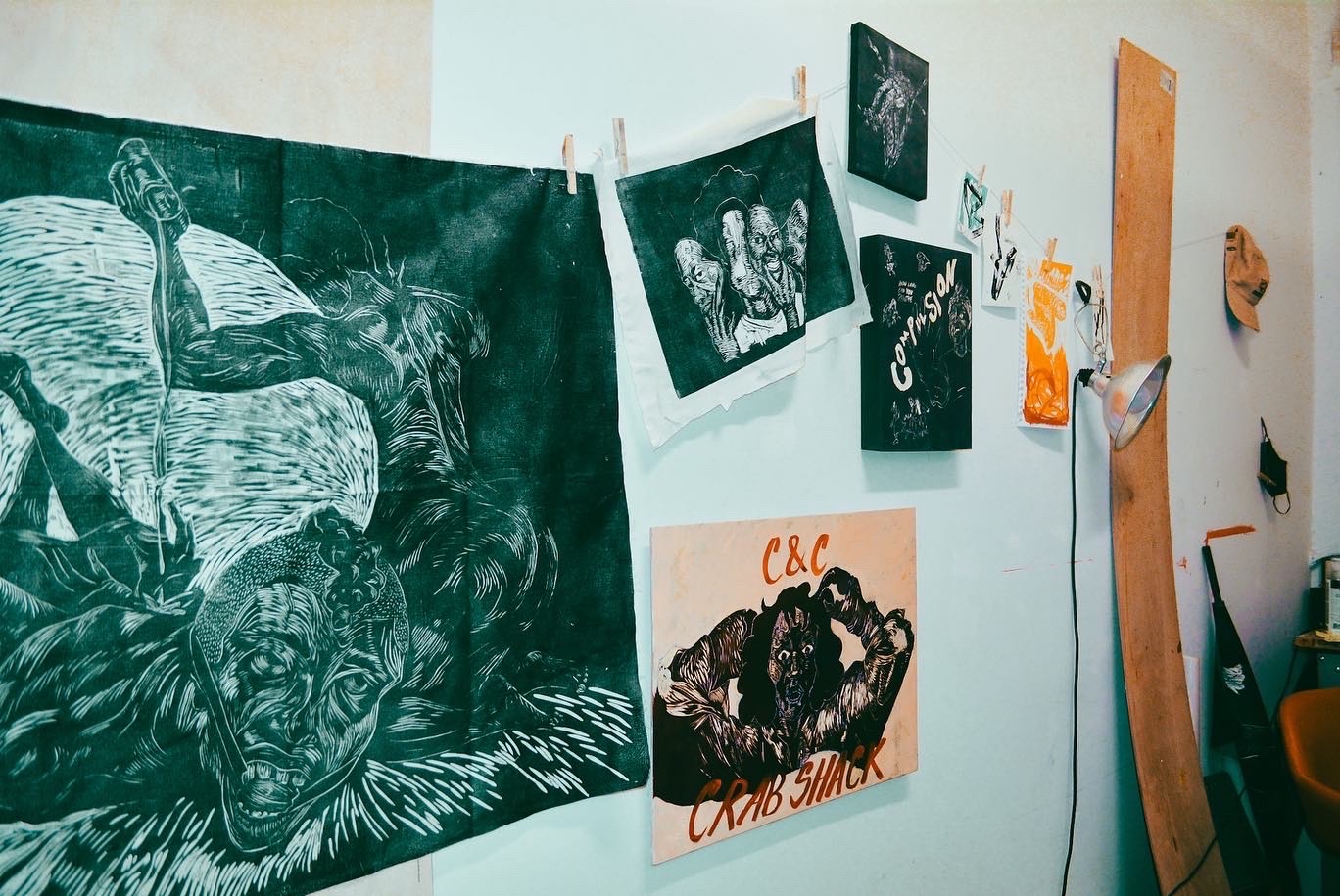
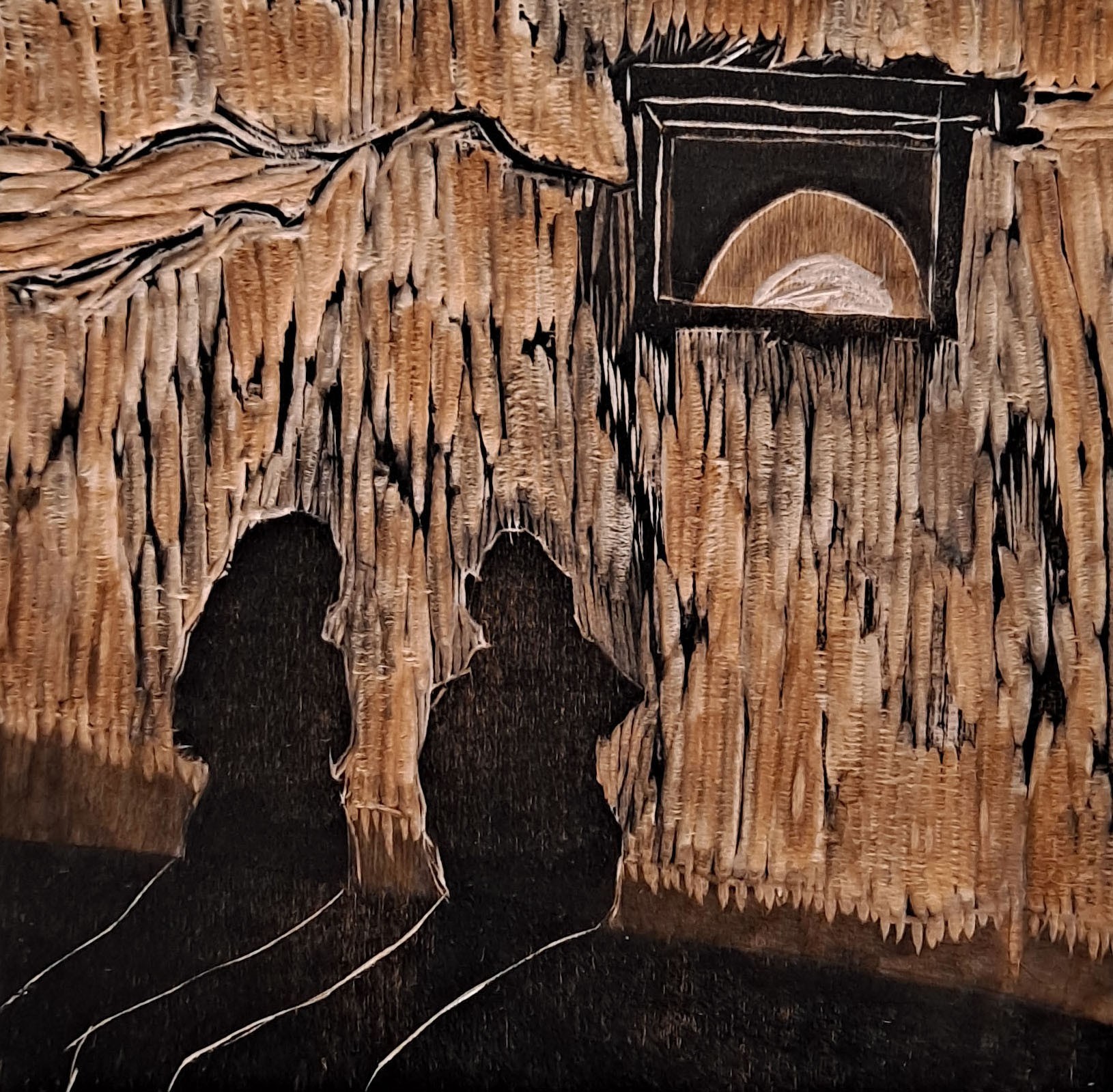 Image Credits
Image Credits
Personal Photo, 1st photo of studio wall, and photo of Kiara talking: Jakalia Brown @simply_sankofa on Instagram All other photos: courtesy of the artist


